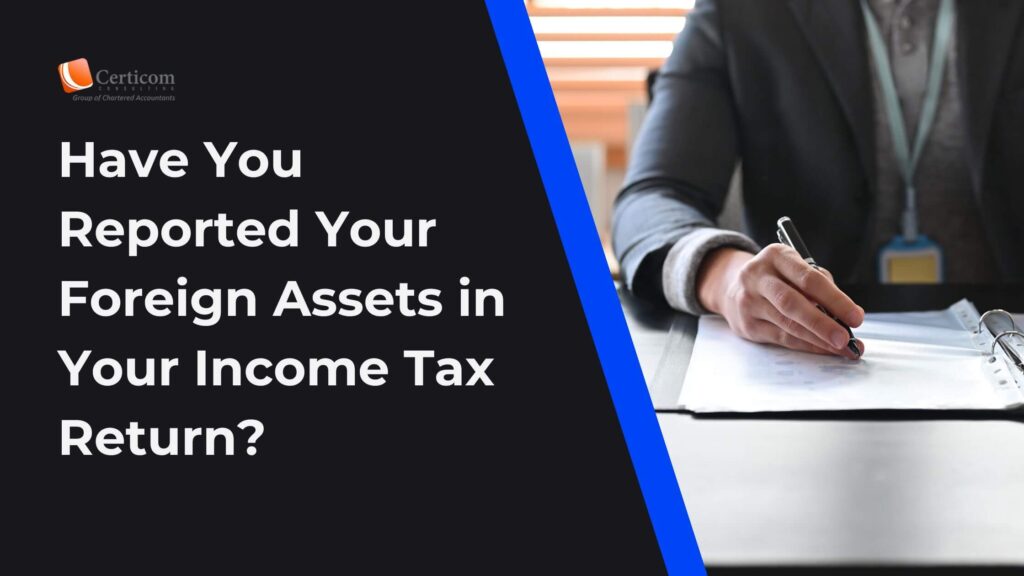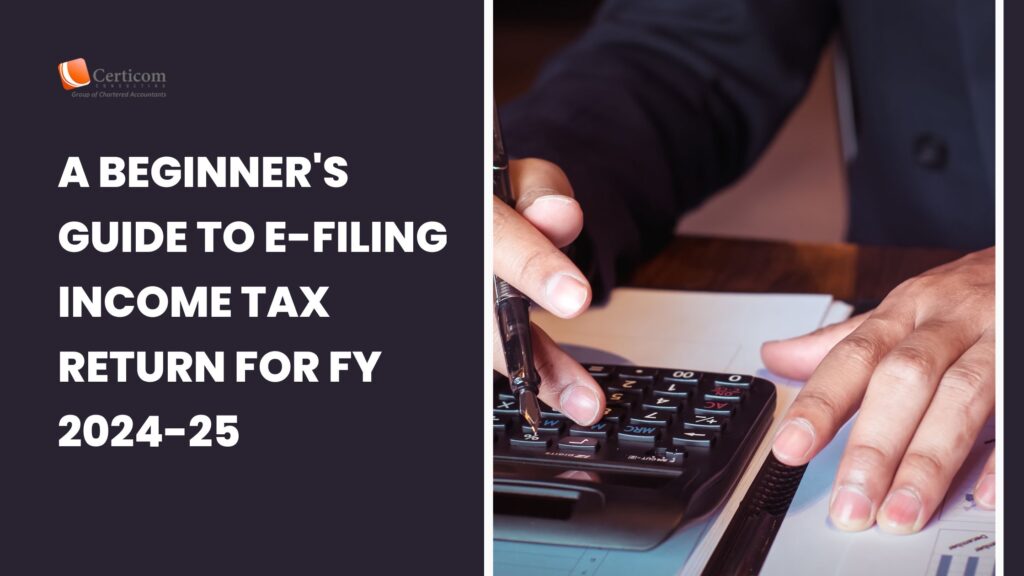Understanding ITR-4 Form (Sugam): Who Should File, Applicability, and Filing Process for AY 2024-25

The ITR-4 form, also known as Sugam, is specifically designed for small business owners, freelancers, and certain professionals who do not maintain detailed books of accounts but do keep a sales ledger. This form is ideal for online sellers, traders, wholesalers, manufacturers, online content creators, bloggers, vloggers, and professionals like chartered accountants, doctors, lawyers, and engineers who calculate their income on a presumptive basis under sections 44AD, 44ADA, or 44AE of the Income-tax Act, 1961.
What is ITR-4?
ITR-4 is the Income Tax Return form for taxpayers opting for a presumptive income scheme under Section 44AD, Section 44ADA, and Section 44AE of the Income-tax Act, 1961. Taxpayers whose business turnover exceeds Rs. 2 crore must file ITR-3 instead.

Who Should File ITR-4?
ITR-4 is to be filed by individuals, Hindu Undivided Families (HUFs), and partnership firms (excluding LLPs) whose total income for FY 2023-24 includes:
- Income from business calculated under Section 44AD or 44AE
- Income from profession calculated under Section 44ADA
- Total income from all sources not exceeding Rs. 50 lakhs, similar to ITR-1
Major Changes in ITR-4 Form for AY 2024-25
The ITR-4 form for FY 2023-24 incorporates several important changes:
Default Tax Regime: The default tax regime has shifted to the new tax regime, following amendments introduced by the Finance Act 2023 to Section 115BAC. Taxpayers preferring the old tax regime must submit Form 10-IEA to opt out.
Section 80CCH Deduction: A new column has been added to disclose the amount eligible for deduction under Section 80CCH. This section allows individuals enrolled in the Agnipath Scheme and subscribing to the Agniveer Corpus Fund to claim a tax deduction for deposits made into the fund.
Increased Turnover Threshold: The turnover threshold for the presumptive taxation scheme under Section 44AD has increased from Rs. 2 crore to Rs. 3 crore, provided cash receipts do not exceed 5% of total turnover or gross receipts. Similarly, Section 44ADA’s gross receipts threshold has increased from Rs. 50 lakhs to Rs. 75 lakhs under the same condition. A new column for disclosing “receipts in cash” under Schedule BP has been added to reflect these changes.
Who is Not Required to File ITR-4 for AY 2024-25?
The following individuals and entities cannot use ITR-4:
- Directors in a company or individuals with investments in unlisted equity shares
- Those required to maintain books of accounts under the Income-tax Act, 1961
- Resident but not ordinarily residents (RNOR) and non-residents
- Individuals with income from more than one house property, lottery winnings, racehorses, legal gambling, taxable capital gains, agricultural income exceeding Rs 5,000, or foreign assets/signing authority in foreign accounts
- Those claiming relief under sections 90, 90A, or 91 for foreign tax paid or double taxation
- Individuals with gains from Virtual Digital Assets (cryptocurrency)
- Individuals for whom TDS has been deducted under Section 194N

Structure of ITR-4
The ITR-4 form is structured as follows:
- Part A: General Information
- Part B: Gross total income from the five heads of income
- Part C: Deduction and total taxable income
- Part D: Tax computation and tax status
- Schedule BP: Details of income from business (Sections 44AD, 44ADA, and 44AE)
- Information on GST turnover/gross receipts
- Financial particulars of the business
- Schedule IT, TCS, and TDS 1: Statement of advance tax, self-assessment tax, tax collected at source, and TDS from salary
- Schedule TDS2: Statement of TDS on income other than salary
- Verification column
By understanding the specifics of the ITR-4 form and its requirements, taxpayers can ensure they file their returns accurately and in compliance with the latest tax regulations for AY 2024-25.
Related Post
A Beginner’s Guide to E-Filing Income Tax Return for FY 2024-25
Faking Tax Deductions? You Could Be Penalised Up To 200% Under Income Tax Rules
Book A One To One Consultation Now For FREE
How can we help? *




